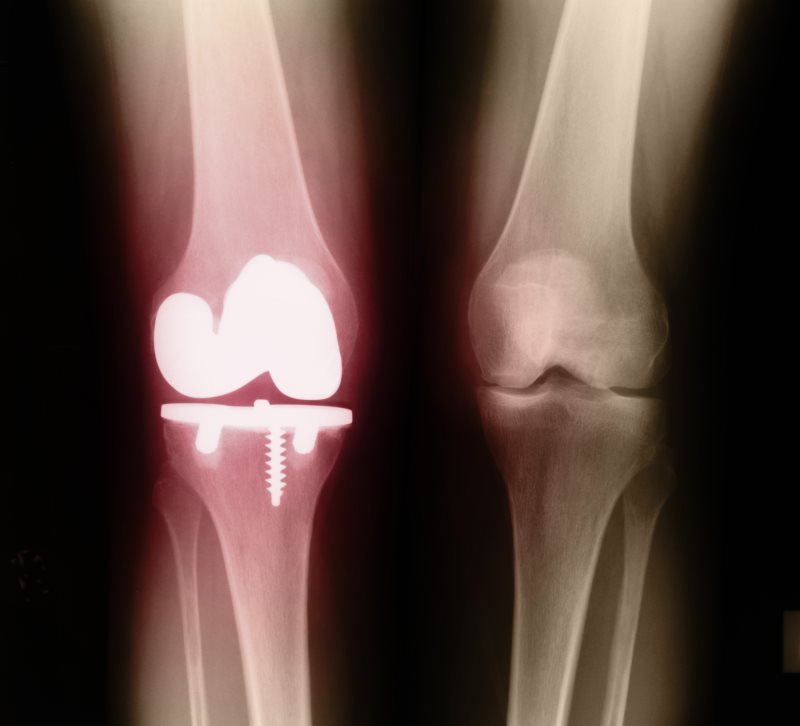INESC TEC receives Best Paper Award
A group of researchers from INESC TEC’s Telecommunications and Multimedia (UTM) and Optoelectronics and Electronic Systems Unit (UOSE) received a Best Paper Award for their paper “Built-in Self-Testing Infrastructure and Methodology for an EMG Signal Capture Module”. The article was presented at the GLOBAL HEALTH 2013 conference, which took place between 17 and 22 November, in Lisbon.
18th December 2013
The award given by the International Academy, Research, and Industry Association work is recognition of the work in the area of wearable technology conducted by researchers António J. Salazar and Miguel Velhote (UOSE), and José Machado da Silva and Bruno Mendes (UTM). The paper “Built-in Self-Testing Infrastructure and Methodology for an EMG Signal Capture Module” specifically addresses the tests on the analogical interface to capture data in a system used to monitor the activity of lower limbs during gait. The researchers propose a set of methodologies for testability and auto-testing strategies which can be applied in systems used to acquire biopotentials in general. “The continuous need to verify the operation in-situ of the sensors and elements responsible for collecting the data is a key aspect to assure the system’s reliability and maintenance, while making sure that the data are continuously compared throughout time and between users”, states António J. Salazar.
According to the researcher, this award is “confirmation of the project’s importance when it comes to testing key aspects of modern electronic systems”. “Even though there are various wearable, portable, implantable or other pervasive systems in different areas, true advances are only possible when using in-situ reliability and maintenance strategies”, adds António J. Salazar.
The paper is a result of contributions from several groups and projects, including project Prolimb (Electronic Sensing for the Prophylaxis of Lower Limb Pathologies), which was concluded recently, and the framework Space Communications Protocol Specifications (SCPS) developed by António J. Salazar as part of his PhD dissertation.
The INESC TEC researchers mentioned in this article are associated with the following partner institutions: INESC Porto and FEUP.
INESC TEC, December 2013


